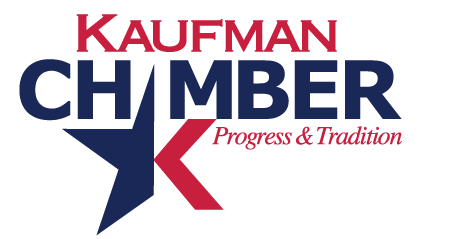- Gen Z is exploring alternative career paths in trades like construction and mechanics, driven by the rising cost of college education.
- The Tool Belt Generation is prioritizing practical skills and vocational careers over traditional college degrees, influenced by the tangible outcomes and potential for higher initial pay.
- The demand for skilled labor is creating opportunities, with governments and businesses offering incentives to attract the next generation of workers.
- Skilled trades are being recognized for their critical role in economic growth and innovation, leading to better salaries and benefits for workers.
- Employers are adapting to attract this new generation, blending traditional work practices with modern, flexible environments to meet their preferences and ensure job satisfaction.
640 words ~ 3 min. read
In today‘s workforce, a new generation is adapting their skills to meet the demands of a changing job market. With the rising cost of college education, Gen Z is finding alternative career paths, turning to trades such as construction, mechanics and electronics. This shift is creating a new wave of young professionals who are choosing practical skills over the traditional college route.
Choosing Between Traditional Paths: Desks or Debts?
Students and their families financing their college education face a tough choice: start their career in massive debt or forgo a four year degree. Many high school students today are questioning the return on investment on a university education, if it includes paying back hefty loans for decades.
The Tool Belt Generation refers to a growing group of young professionals choosing vocational careers over traditional college degrees. They are empowered by working with their hands and seeing tangible results, unlike the often abstract results of office jobs. Lisa Countryman-Quiroz, CEO of JVS in San Francisco, notes that after decades of people seeing college as a path to middle class, there’s a rising interest in skilled trades among Gen Z due to the growing cost of college. On the flip side, many skilled trade jobs can be started right after high school with pay often above the average national salary.
It goes beyond just money. Many are drawn to the hands-on aspect of trade jobs. There’s a deep satisfaction in building, fixing, or making something tangible. This desire to create and contribute in a visible way is something that more abstract jobs can’t always provide.
Addressing the Skilled Worker Shortage
There’s a significant gap in the job market right now, with many positions going unfilled because there aren’t enough workers with the necessary skills. This shortage is a big problem for industries that need skilled labor to innovate and attract new talent. The demand for skilled workers is so high that both government and private companies are offering special incentives to encourage people to enter these fields.
Perks for the Next Generation of Skilled Workers
From help with tuition to high salaries, the benefits for those entering skilled trades are getting better and more competitive. The increase in incentives is a smart move to meet the urgent need for skilled workers. Businesses are realizing how crucial these workers are to economic growth and workforce development, with some industries offering their own paid apprenticeship programs.
Alongside financial incentives, the government has introduced programs designed to prepare the next generation with the necessary skills to strengthen the workforce. Efforts like apprenticeships and grants for technical education are aimed at developing a new generation of craftsmen, electricians, and plumbers – essential roles for any society to function properly.
Employers and the Craftsman Resurgence
For employers, the return of skilled craftsmen is great news. These professionals bring new life to sectors struggling with an aging workforce. By meeting the preferences of this new generation, companies can align their operations with the fresh talent of the future.
It’s crucial for employers to understand what the Tool Belt Generation wants. Job satisfaction is a big motivation for those entering skilled trades. The old ways of working are making way for more flexible, tech-savvy environments that appeal to them. Finding the right mix of traditional and modern work practices is essential for creating a happy and skilled workforce.
The Takeaway
The story of the Tool Belt Generation is still unfolding, marked by innovation and the creation of value. As career paths evolve and passions are rediscovered, the shift in more high school students choosing trade programs instead of a four year university education will help solve job shortages in industries eager for young talent. It may take longer for societal attitudes to catch up to the employment trend, but those selecting skilled labor deserve encouragement and recognition for forging a ‘new normal’ for generations to come.
Last modified: May 13, 2024



